Famous figures who have lived in Bansko: Metropolitan Neophyte of Rila (1793 – 1881)
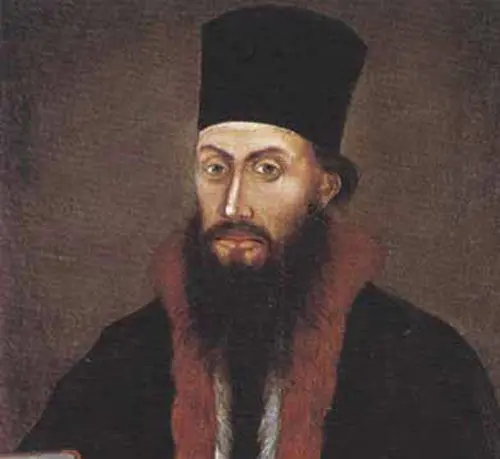
Numerous great figures have taken their first breath of air in Bansko and have left a bright mark not only in the history of their hometown, but also in the history of Bulgaria.
One such person is Metropolitan Neophyte of Rila – an enlightener, a scribe, a teacher, a writer with worldly thinking and a spiritual rank.
Biography
Early years
Neophyte of Rila (Nikola Poppetrov Benin) was born in Bansko in 1793 into the family of pope Peter Benin and his wife Ecatherine.
Nikola’s parents were wealthy, respected and highly reputable. In addition to being of a very old Bansko family, his father was also a pope in the „St. Trinity” church and a teacher in the cell school there. His mother was from a wealthy family of cotton traders from the town of Razlog, and they were very successful traders in Greece, Serbia and Austria.
At a very young age, Nikola was interested in reading and writing, and his first teacher was his father, who taught at the cell school of the town. Day after day, Nikola learned new things, and his thirst for knowledge grew.
Adolescence
As a child, Nikola was a curious, inquisitive and open-minded kid who was eager to get to know the world around him. Most likely, it was this curiosity that brought him very close to Dimitar – the son of Toma Vishanov – Molera (painter and founder of the Bansko Art School). Thanks to his friend, the young heir of the Benini family became acquainted with the fine arts and the iconography and over time he fell in love with the Zograf arts.
His desire to become an icon-painter was so strong that he decided to go with Dimitar in Vienna to study. The departure for the Austrian capital did not happen, as Dimitar had to leave suddenly, but not for Vienna, but with his father to paint the Rila Monastery. However, this did not discourage Nikola, and he took his luggage and escaped from home to catch up with his friend on his way to the monastery.
Thus, the future Metropolitan Neophyte of Rila found himself in the Rila Monastery, which predetermined his fate. During his stay at the monastery, Nikola realized that painting was not and will never be his life mission, but at the same time discovered his true passion – the literary activity.
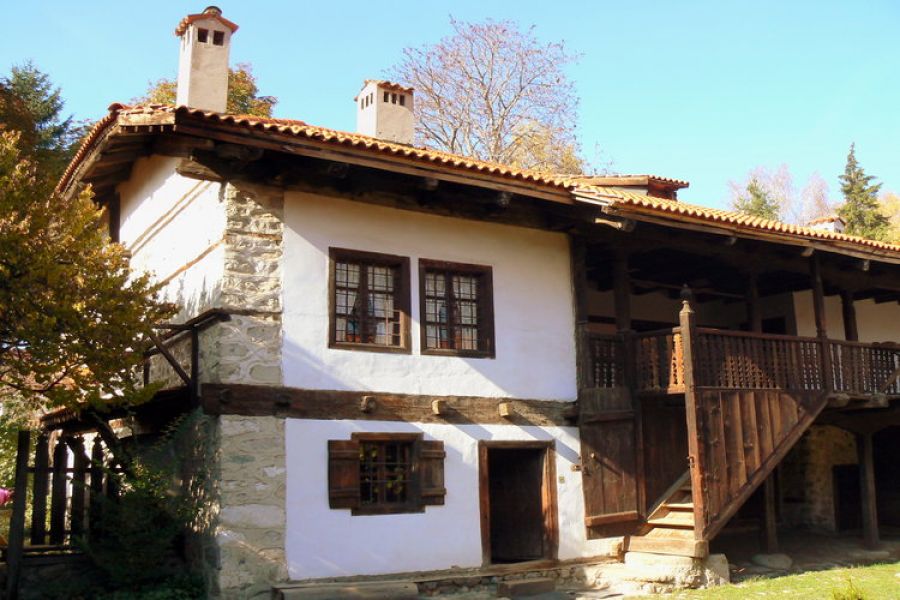
However, in order to be able to study and develop his writing and education, he had to devote his life to God, and Nikola Benin did not hesitate to do so.
When his friend finished the work of icon-painting and left the Rila Monastery, Nikola stayed there and became the novice of deputy-abbot Jerotheus. His decision did not particularly appeal to his father, who strongly opposed the idea, but ultimately accepted it on the condition that Nikola would not become a monk without his consent and blessing.
The deputy-abbot assured Pope Peter that his son would not become a monk, but would study the Hellenic reading and writing in the monastery. As evidence of the truth of his words, Jerotheus began to teach Nikola in Greek.
Shortly after Pop Peter’s worries were put to sleep, the deputy-abbot Jerotheus broke the arrangement and in 1811 Nikola became a monk and received the monastic name Neophyte.
With the adoption of the monastic name, the life of the young monk took a whole new path, which he followed until his death.
Youth
During the first years of his life in the monastery, Neophyte was diligently trained and showed such enviable results that he was sent to the monastery in Sofia to receive a spiritual rank by the Greek metropolitan.
In Sofia, Neophyte of Rila met a young teacher from Thessaloniki who knew perfect Church Slavonic and Greek and he became his first teacher in these languages. After a while, however, Neophyte had to return to the monastery and in order not to interrupt his studies, he took the teacher with him.
He spent nearly four years in the monastery … just as long as his teacher stayed behind the walls of the Holy Cloister.
After the teacher left, Nikola’s teaching was terminated and he had to look for another teacher or school to continue his studies.
Thus, in 1822, Neophyte traveled to the town of Melnik, where at that time the famous Greek secular school of teacher Adam from Metsovo was located. The young man spent 4 years there and became one of the best Hellenists in the country.
Literary, educational and teaching activity
In 1826, having successfully completed his studies in Melnik, Neophyte returned to the Rila Monastery and shortly afterwards was invited to teach in Samokov, where he taught and worked as a secretary under the metropolitan Ignatius of Samokov.
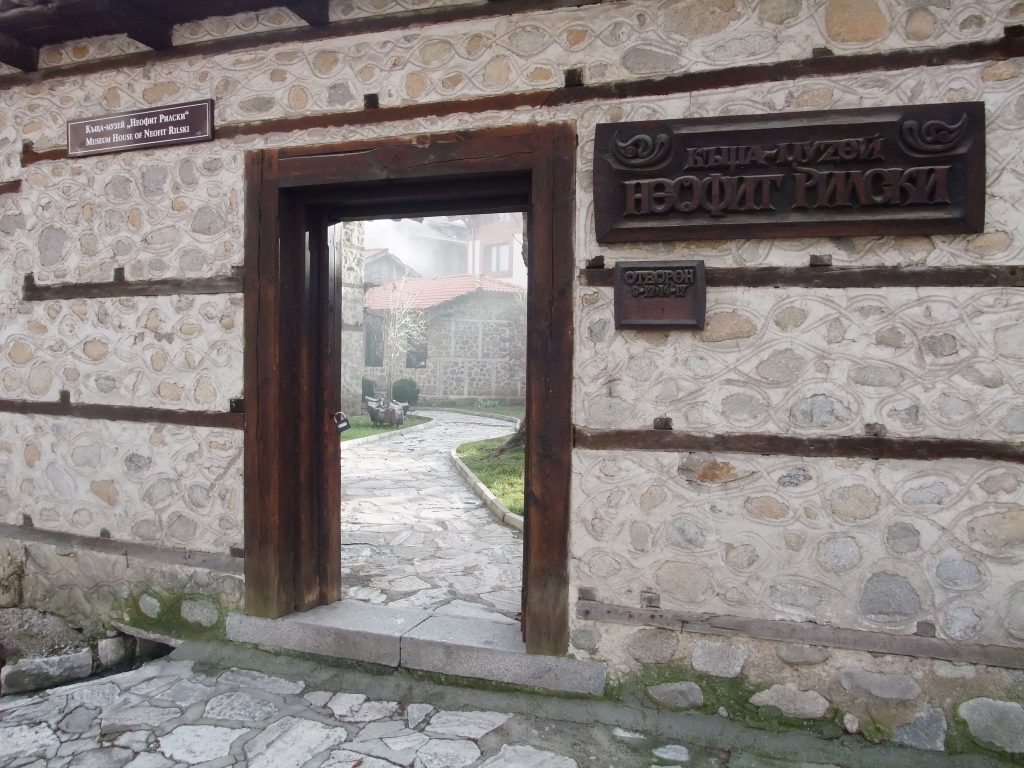
In 1828, however, Ignatius was brutally killed, which traumatized Neophyte very much. This act of violence provoked the young man to make his first attempts at poetry by writing a poem dedicated to the killed spiritual man.
After the assassination of the Metropolitan of Samokov, Neophyte of Rila returned to the monastery and resumed teaching there, but again an unfortunate event made him leave the Holy cloister very soon. In 1833, robbers attacked, plundered and destroyed the Rila Monastery and Neophyte was sent to Constantinople to seek help for its restoration.
After successfully completing the mission to restore the monastery, Neophyte first went to Kazanlak and later (in 1834) to Bucharest.
The idea of going to Bucharest was given to him by Vasil Aprilov, who thought that there Neophyte of Rila would be able to receive the best possible training, which would help him become one of the most erudite teachers of his time.
And so it was, when in 1835 the first school for girls and boys in Gabrovo opened its doors, Neophyte of Rila became the first teacher in it. While teaching at the Gabrovo School, Neophyte wrote several textbooks and introduced a mutual teaching method.
In addition to teaching, during his stay in Gabrovo, Neophyte made the first professional translation of the New Testament into a literary language.
Despite his great contribution to teaching at the Gabrovo School, Neophyte was unable to make lasting friendships with either the teachers or the students, which made him accept the offer of the community in Koprivshtitsa to become a teacher there.
From 1837 to 1839, Neophyte of Rila was a teacher in Koprivshtitsa and during these two years he managed to create numerous textbooks and training aids such as “Mutual Learning Practices”, “Sacred Short Catechism”, “Bulgarian Grammar”, “Primer drawn from Mutual Teaching tables”,”Calligraphy“, and so on. Thanks to the textbooks and training aids he created, modern secular education made its way to Bulgarian schools.
The educational and teaching activity of Neophyte of Rila in Koprivshtitsa was extremely successful, but he did not become a favorite of the city’s rulers, who for some reason forced him to leave Koprivshtitsa and return again behind the walls of the Rila Monastery.
With his return to the monastery, Neophyte continued his educational and literary activities and worked hard to change the way of teaching at Bulgarian educational institutions.
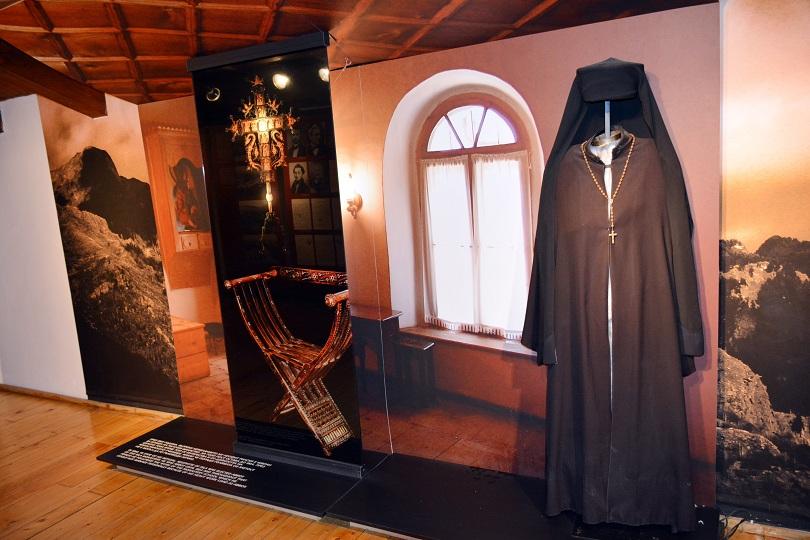
The textbooks and books published by him has made him very popular across the country and he received hundreds of letters from schools in different cities in the country inviting him to teach at their school. Neophyte long refused the teaching positions he was offered, but in 1848 accepted the proposal of the Theological School on Halky Island, where he taught Slavic languages for about two years. While teaching there, he published two new textbooks: Arithmetic and Slavic Language Christomatics.
On the island of Halki, Metropolitan Neophyte of Rila most likely felt well and calm to create, but unfortunately in 1852 he had to leave, since a plague had occurred in the school.
That is why he returned to the Rila Monastery, where he continued his literary activity. In the last years of his life, Neophyte of Rila has received many offers for teaching positions in both schools and universities, but he refuses all of them and is fully committed to his literary work.
In the years before his death, he became abbot of the Rila Monastery and was one of the wisest and most respected abbots in the history of the monastery.
Until the day of his death in 1881, Neophyte of Rila continued to work for education and for a change in the education system in schools. In 1875 he published a Dictionary in the Bulgarian Language, four years after that he published a Description of the Rila Monastery, and his translation of the Gospel (1840) played a huge role in the formation of the New Bulgarian literary language.
Neophyte of Rila is one of the most important figures that Bansko has given to Bulgaria
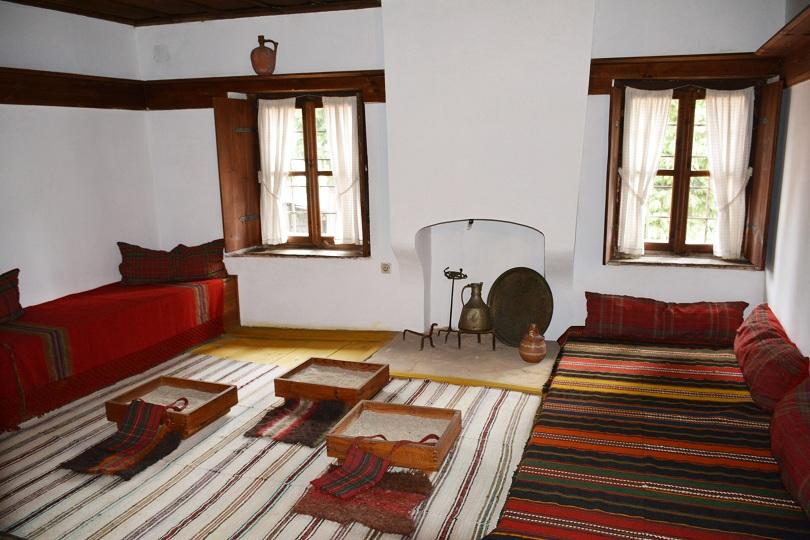
Throughout his conscious life he worked for the development of literary and educational activities in the country and his work did not remain in vain. Thanks to him, the foundations of modern secular education were laid, thanks to him we have the first globe, thanks to his work, thousands of young people have received a good education and have become great personalities.
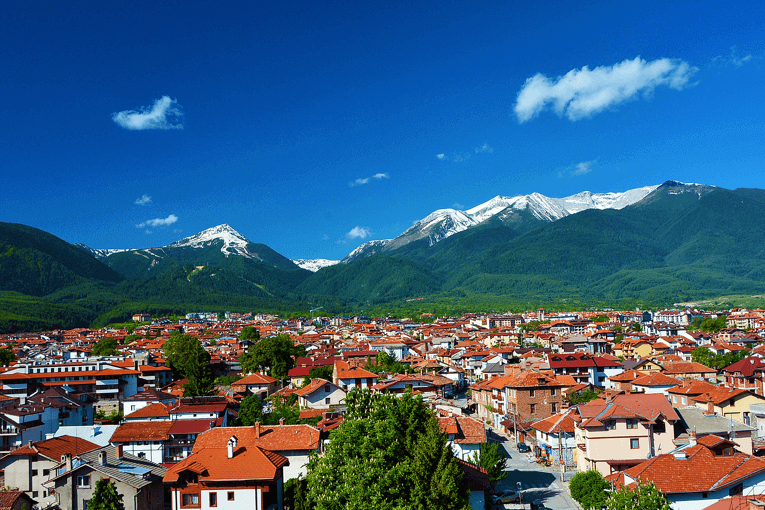
What about Bansko? Bansko keeps the memory of Neophyte of Rila and honors the memory of the great Bulgarian who never forgot his hometown and his fellow citizens. Although he did not return often to Bansko, he closely monitored the development of education in the town and helped whenever needed.
If you are currently in Bansko or you are about to travel there, take an hour or two of your time and visit the house of Neophyte of Rila. Explore the rooms in which little Nikola grew, enter the school where he learned to write his first letters and numbers, see the museum dedicated to his life and activity.
This is the only way you can touch the famous writer, educator and enlightener, who until his last breath worked only for the benefit of Bulgarian people.
Spend some time there, pay tribute to one of the greatest persons born in Bansko – Metropolitan Neophyte of Rila!